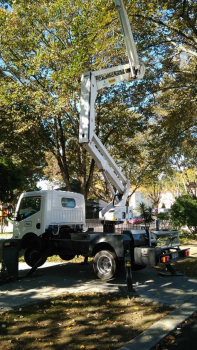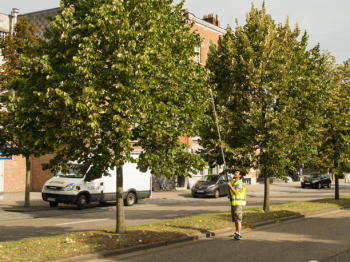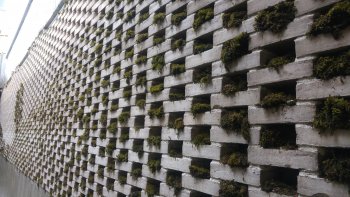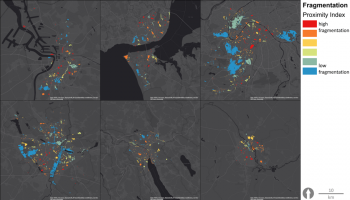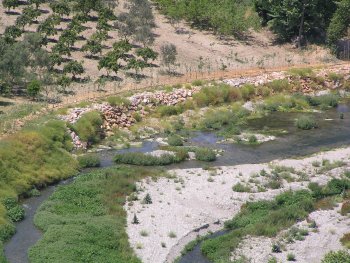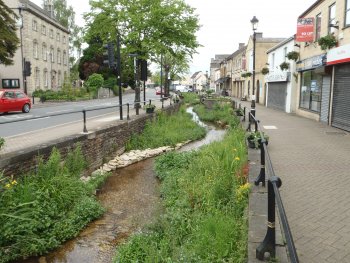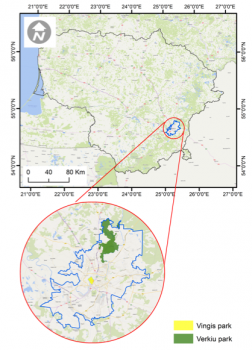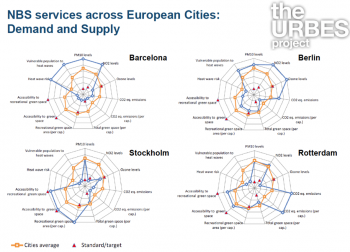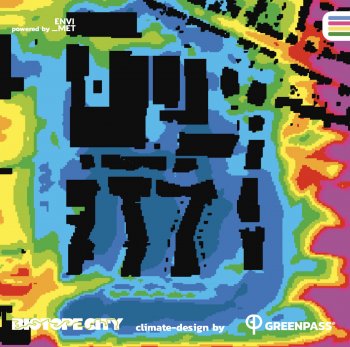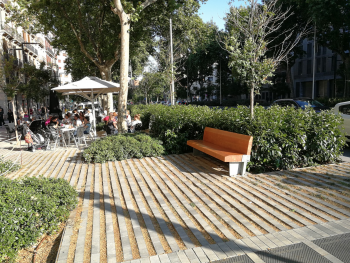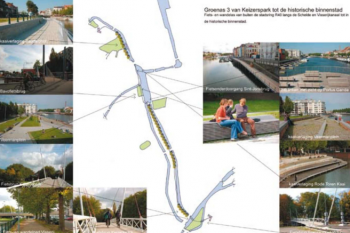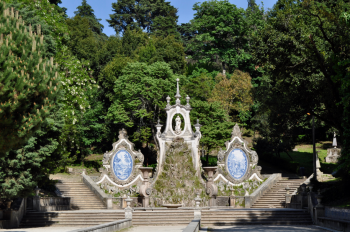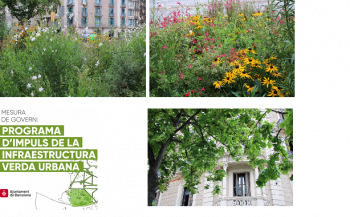Measuring and Improving Urban Tree Vitality and ES Provisioning through Inoculation with Ectomycorrhizal Fungi in Porto (URBANMYCOSERVE)
The aim is (i) to provide an assessment of the EcM community and functional group composition of urban trees, and of its environmental drivers, using next generation sequencing techniques; (ii) to relate specific EcM, or functional groups of EcM, to tree health, and tree ecosystem service delivery and resilience, using advanced noninvasive spectral and physiological sensing technology, diameter growth measurements, and urban biophysical modeling; and (iii) to develop and test (in situ & ex situ) a dedicated EcM-inoculum to improve urban tree health, and ecosystem service delivery and...

